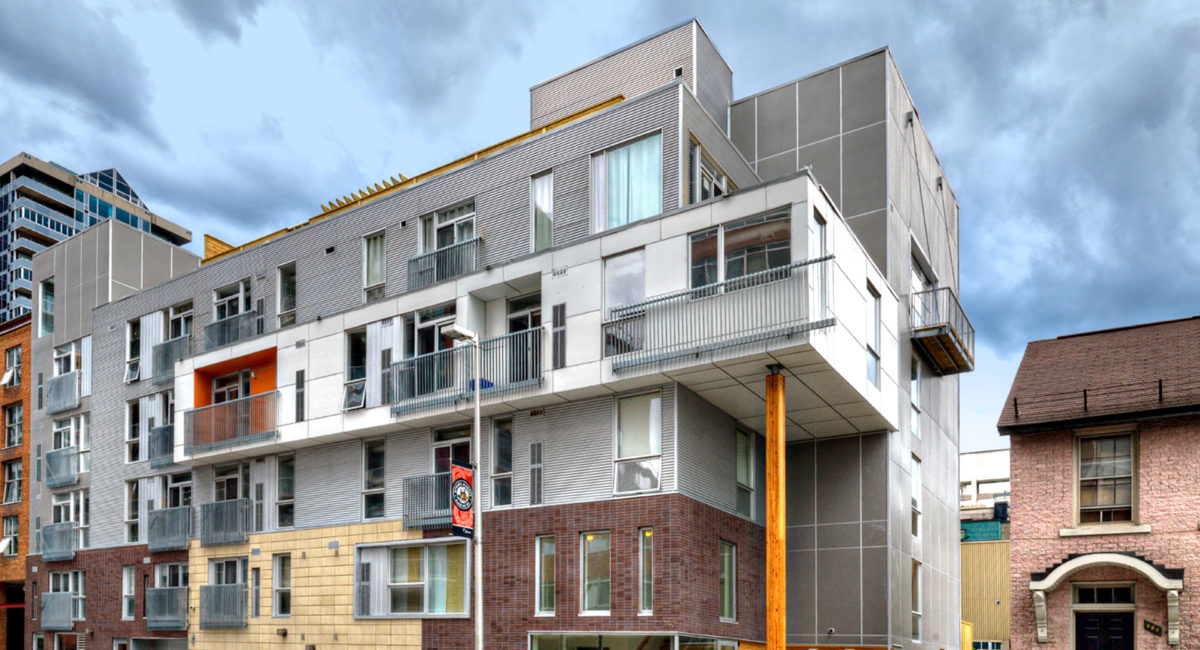Architecture is for the people

Why the current procurement model needs an overhaul.
Architecture, at its core, is for the people. For this reason alone, current procurement practices must be turned on their head. Why? Because quite simply, the wants and needs of the people are being buried in the long-held, staid process of selecting architects. This deeply bureaucratic approach relies heavily (and often exclusively) on project cost. The architectural requirements of a project, in many ways, are just a line item – something to be purchased – an expense that on the surface appears no different than say, selecting a signage supplier for roadway signs – or a catering company for city council meetings.
But this is a fundamentally wrong and ultimately damaging approach. The built environment is the structural design that surrounds us as a society. There’s an undeniable permanence to architecture. As the controversial New York developer, Robert Moses once said, “Once you sink that first stake, they’ll never make you pull it up.” In other words, there’s no turning back at that point. What is being built is what is being built – so why not make it beautiful, useful, architecturally-compelling, and something to appreciate for the ages?
By making cost-savings a primary consideration in procurement, we often end up with buildings that are status-quo, uninspired, and sometimes even built poorly. In the name of the people, it’s time to change this process.
If you’re an architect…
- Stop undervaluing your skill and expertise in the name of getting work.
- Exercise your voice and advocate. Challenge the powers that be to rethink the existing way of doing things. Remind the public that they too have a voice.
- Move the focus away from a QBS argument to one that emphasizes the impact of good design on people and communities.
- Celebrate and share innovative and successful procurement processes of other cities.
If you’re a procurement officer…
- Challenge yourself to examine your current processes and envision a new way of doing things.
- For a brief moment, put the economics of procurement to the side. Ask yourself what the architect with the higher price would bring to the project, and what the long-term benefits of selecting that architect might be.
- Recognize that architecture is not a “thing” to be purchased, but instead a vital contributor to the long-term success and history of the built environment that houses that architecture.
If you’re a politician….
- Educate yourself about the importance of architecture. Understand why it should never be an afterthought but, instead, a primary factor in the design of the built environment,
- Rally your political colleagues to do the same. Encourage them to look to other cities and countries that have found success with progressive procurement policies.
- Consult your constituents. What do they want to see in their city – their community? Go deeper than standard issues like building height and setbacks – talk about design and the impact it can and will have, once that building has been built.
- Take the lead on deep and meaningful policy changes. Do what needs to be done to effect long-lasting change for the built environment where you and your constituents live.
If you are “The People”….
- Know that your opinion about architecture matters. You do not need to be an architect in order to know what is beautiful, useful, inspiring, or historically-significant.
- Understand that the architecture current procurement practices do not put the wants and needs of the people first – do everything in your power as a citizen to challenge the status quo. Contact your local politician and tell them that architecture matters. Write letters to the editor. Attend community consultations. Make your voice heard.
- Think about the future. What do you want the city to look and feel like for future generations? Know that you have the power to influence these outcomes.